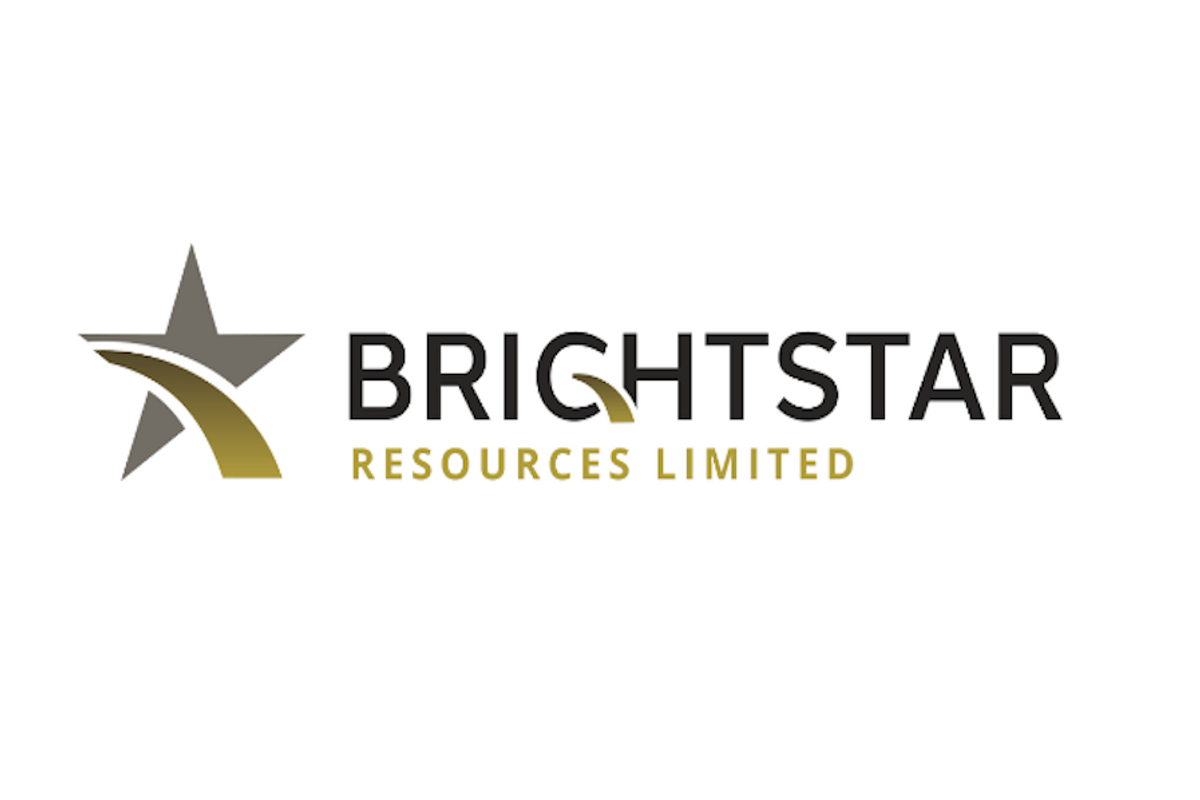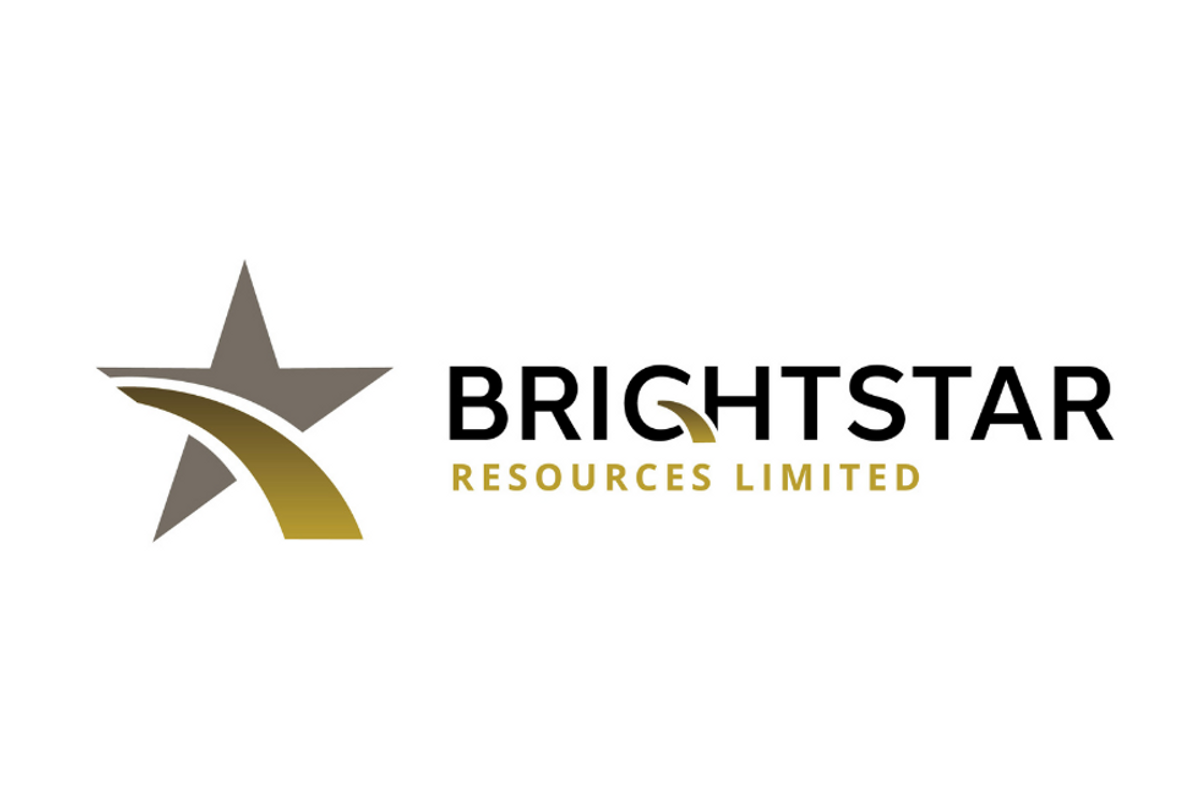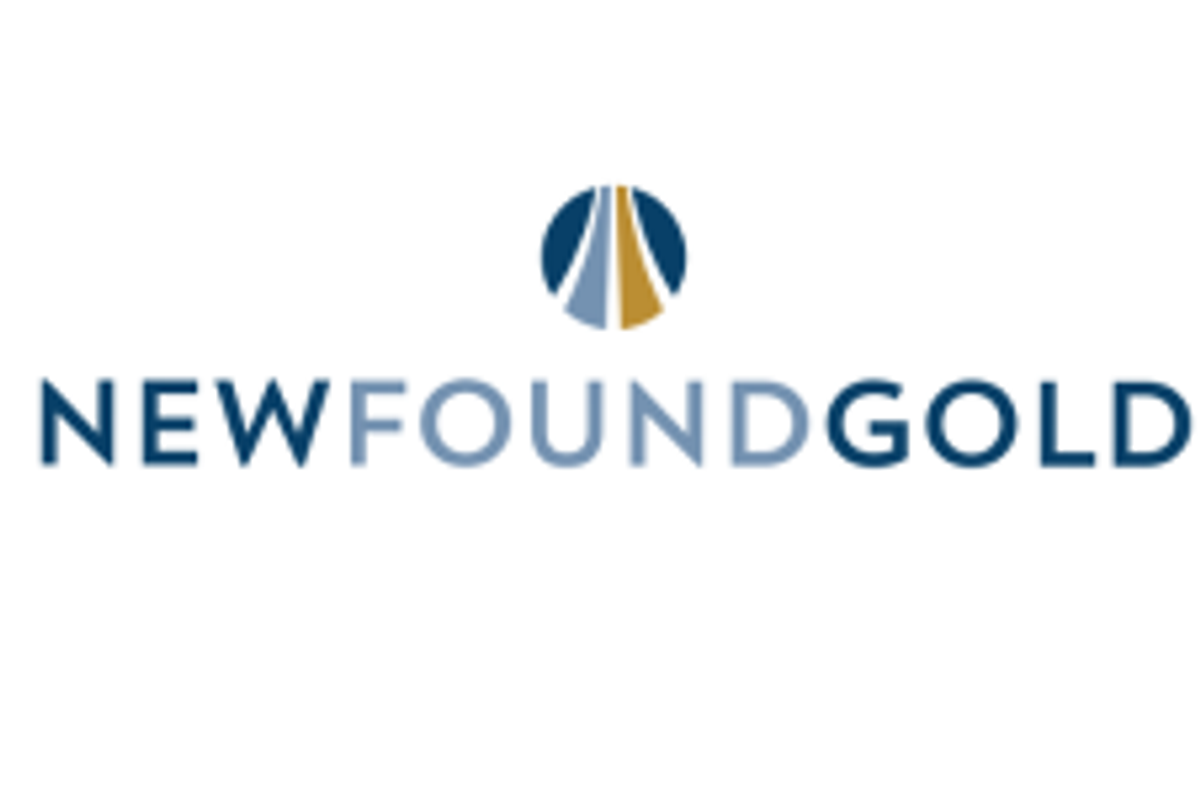
- WORLD EDITIONAustraliaNorth AmericaWorld
May 22, 2024
Brightstar Resources Limited (ASX:BTR) (Company or Brightstar) refers to the bidder’s statement dated 29 April 2024 (as supplemented by Brightstar’s first supplementary bidder’s statement dated 10 May 2024) (Bidder’s Statement) and offers in relation to its off-market takeover for all the fully paid ordinary shares and options in Linden Gold Alliance Limited (Linden).
Capitalised terms not defined in this announcement have the meaning given to the same term in the Bidder’s Statement.
In accordance with section 630(3) of the Corporations Act, annexed to this announcement is a copy of each of the following:
(a) Brightstar’s notice of status of the defeating conditions of the Share Offer set out in section 7 of Annexure B of the Bidder’s Statement; and
(b) Brightstar’s notice of status of the defeating conditions of the Option Offer set out in section 7 of Annexure C of the Bidder’s Statement,
(together, the Notices). This Notices have been:
(a) sent to Linden in accordance with section 630(5)(a) of the Corporations Act; and
(b) lodged with the Australian Securities and Investments Commission in accordance with section 630(5)(c) of the Corporations Act.
Accordingly, the Offers are now wholly unconditional and will close at 5.00pm (Perth time) on 30 May 2024, unless otherwise extended.
This ASX announcement has been approved by the Managing Director on behalf of the board of Brightstar.
Click here for the full ASX Release
This article includes content from Brightstar Resources, licensed for the purpose of publishing on Investing News Australia. This article does not constitute financial product advice. It is your responsibility to perform proper due diligence before acting upon any information provided here. Please refer to our full disclaimer here.
BTR:AU

Sign up to get your FREE
Brightstar Resources Investor Kit
and hear about exciting investment opportunities.
- Corporate info
- Insights
- Growth strategies
- Upcoming projects
GET YOUR FREE INVESTOR KIT
The Conversation (0)
19 June
Brightstar Resources
Emerging gold producer and district-scale resource developer in Western Australia
Emerging gold producer and district-scale resource developer in Western Australia Keep Reading...
11 December
Menzies Mineral Resource increases 22% to 0.7Moz @ 1.5g/t
Brightstar Resources (BTR:AU) has announced Menzies Mineral Resource increases 22% to 0.7Moz @ 1.5g/tDownload the PDF here. Keep Reading...
08 December
Sandstone exploration drilling returns 157m @ 1.13g/t Au
Brightstar Resources (BTR:AU) has announced Sandstone exploration drilling returns 157m @ 1.13g/t AuDownload the PDF here. Keep Reading...
24 November
Annual General Meeting Presentation
Brightstar Resources Limited (ASX: BTR) (Brightstar or Company) has announced Annual General Meeting Presentation.Click here for the full ASX ReleaseThis article includes content from Brightstar Resources, licensed for the purpose of publishing on Investing News Australia. This article does not... Keep Reading...
20 November
Aurumin Shareholders and Court Approve Scheme of Arrangement
Brightstar Resources Limited (ASX: BTR) (Brightstar or Company) provides the following update on the proposed acquisition of 100% of the fully paid ordinary shares and options in Aurumin Limited (Aurumin) by Brightstar by way of Court-approved share scheme of arrangement (Share Scheme) and... Keep Reading...
19 November
AUN: Court Approves Schemes
Brightstar Resources (BTR:AU) has announced AUN: Court Approves SchemesDownload the PDF here. Keep Reading...
24 December
What Was the Highest Price for Gold?
Gold has long been considered a store of wealth, and the price of gold often makes its biggest gains during turbulent times as investors look for cover in this safe-haven asset.The 21st century has so far been heavily marked by episodes of economic and sociopolitical upheaval. Uncertainty has... Keep Reading...
24 December
Blackrock Silver Announces C$15 Million Strategic Investment by Two Cornerstone Purchasers
Blackrock Silver Corp. (TSXV: BRC,OTC:BKRRF) (OTCQX: BKRRF) (FSE: AHZ0) ("Blackrock" or the "Company") is pleased to announce a non-brokered private placement (the "Offering") of up to 13,636,363 units (the "Units") at a price of C$1.10 per Unit for gross proceeds of up to C$15,000,000. Each... Keep Reading...
24 December
Gold Price Hits New Record, Breaks US$4,500; Silver, Platinum Also at All-time Highs
Gold marked a new price milestone on Tuesday (December 23), continuing its record-breaking 2025 run. The spot price rose as high as US$4,511.83 per ounce, hitting that point at 4:04 p.m. PST. Don't forget to follow us @INN_Resource for real-time updates!Securities Disclosure: I, Charlotte... Keep Reading...
23 December
From Gold Coins to Copper Tools: Unique Festive Gifts for the Metals Investor
With pumpkin spice in the air, thoughts are turning to the biggest event of the year… No, not the curling championships — Black Friday and the start of the gifting season.Here at the Investing News Network, our team aims to provide relevant information to help readers make informed investment... Keep Reading...
22 December
TomaGold Intercepts 6.68% ZnEq (1.57 g/t AuEq) over 48.05 Metres, including 39.03% ZnEq (9.15 g/t AuEq) over 2.90 Metres at Berrigan Mine and Identifies a Major Hydrothermal Footprint
TOMAGOLD CORPORATION (TSXV: LOT; OTCPK: TOGOF) (“TomaGold” or the “Company”) is very pleased to announce the initial assay results from drill holes TOM-25-009 and TOM-25-010 at its Berrigan Mine project located in the Chibougamau mining camp, in Québec. These are the first two of seven holes for... Keep Reading...
Latest News

Sign up to get your FREE
Brightstar Resources Investor Kit
and hear about exciting investment opportunities.
- Corporate info
- Insights
- Growth strategies
- Upcoming projects
GET YOUR FREE INVESTOR KIT
Interactive Chart
Latest Press Releases
Steadright Grants Stock Options
24 December
Silverco Confirms No Material Change
24 December
Related News
TOP STOCKS
American Battery4.030.24
Aion Therapeutic0.10-0.01
Cybin Corp2.140.00







